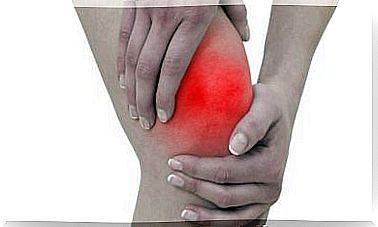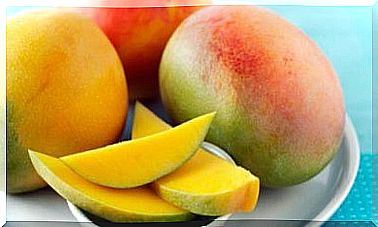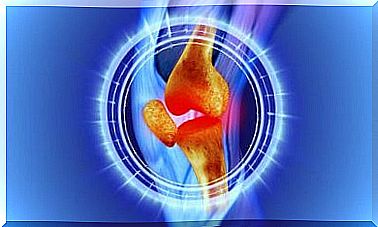Is Canned Water Healthy?
It is an excellent idea to completely recycle food and process leftovers to finally put an end to general waste. But can canned water also be consumed? And is that healthy? Find out more about this topic today.
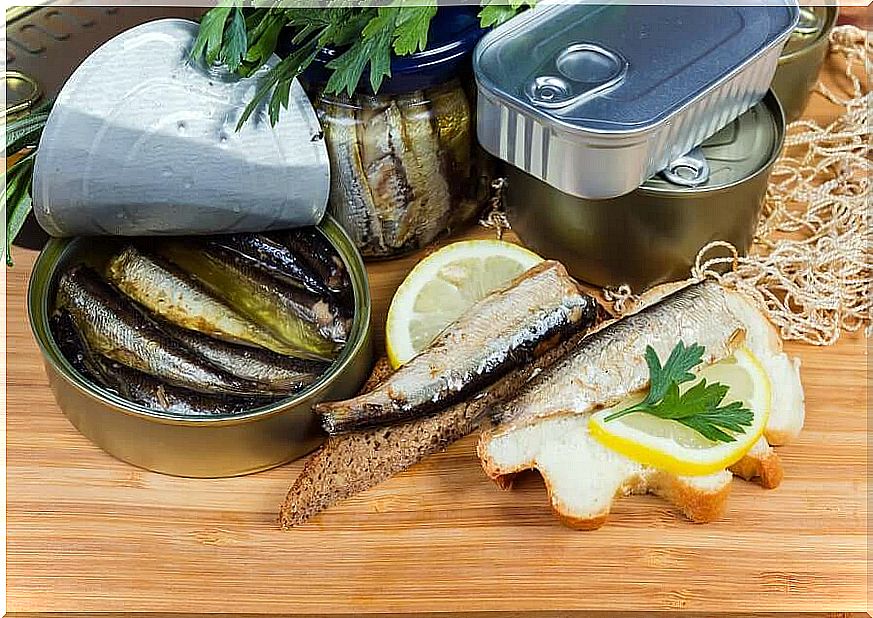
Canned foods are often very useful for having certain foods on hand throughout the year. We can thus supply ourselves with high-quality nutrients that can be stored for a long time and very hygienically. We can also produce canned food ourselves to use up excess food.
However, when we resort to canned food, the question arises whether the canned water can be consumed and whether it is healthy. This water may contain beneficial micronutrients, but it can also contain additives and high levels of sodium. Find out more about this topic today.
Canned fish
Fish is often soaked in oil in order to preserve it for a long time and to guarantee its quality. This oil may contain fat-soluble vitamins that you can take advantage of by using the oil.
Vitamin D deficiency is a common evil of the times. However, a low vitamin D level is associated with a higher risk of cardiovascular disease, as shown for example in a scientific article from 2016.
Oily fish, such as tuna, are very often consumed in canned form. It provides important amounts of vitamin D. Therefore, you should also use the oil in which the fish is preserved to supply yourself with this vitamin.
Canned fish can also be preserved in their own juice, which then usually contains a relatively large amount of salt. In this case, consumption is less beneficial, as salt in excess is known to be harmful to health.
Too much salt is associated with an increased risk of high blood pressure. This is evident, for example, from an article published in the journal Nutrients . So the decision as to whether the liquid is healthy or not depends on whether the fish is pickled in oil or in its own juice.
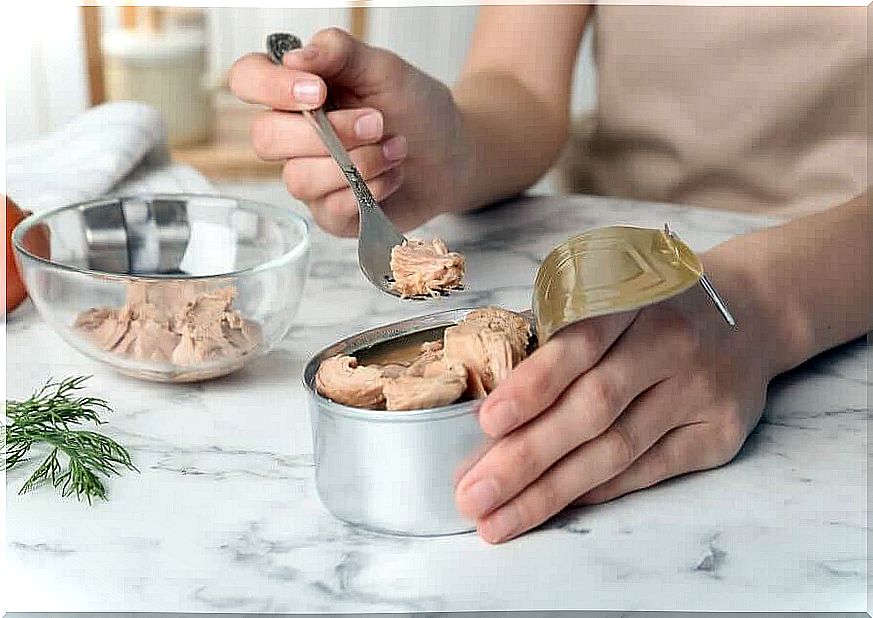
Canned vegetables
Vegetables are very often pickled in a liquid that consists of water, ascorbic acid and sometimes also salt. You can consume this liquid, but you have to be very careful with the salt.
However, it is also important to identify possible additives on the product description. In addition to ascorbic acid, there may be other preservatives that should only be consumed in very modest amounts.
Some products have to be washed before processing, as the liquid in which they are preserved changes their taste or texture. This is the case, for example, with pulses (beans, lentils …).
Using canned water from canned vegetables can prevent the loss of water-soluble vitamins. These include, for example, the vitamins of the B complex, which could be transferred to the canned water through preservation and heat treatment.
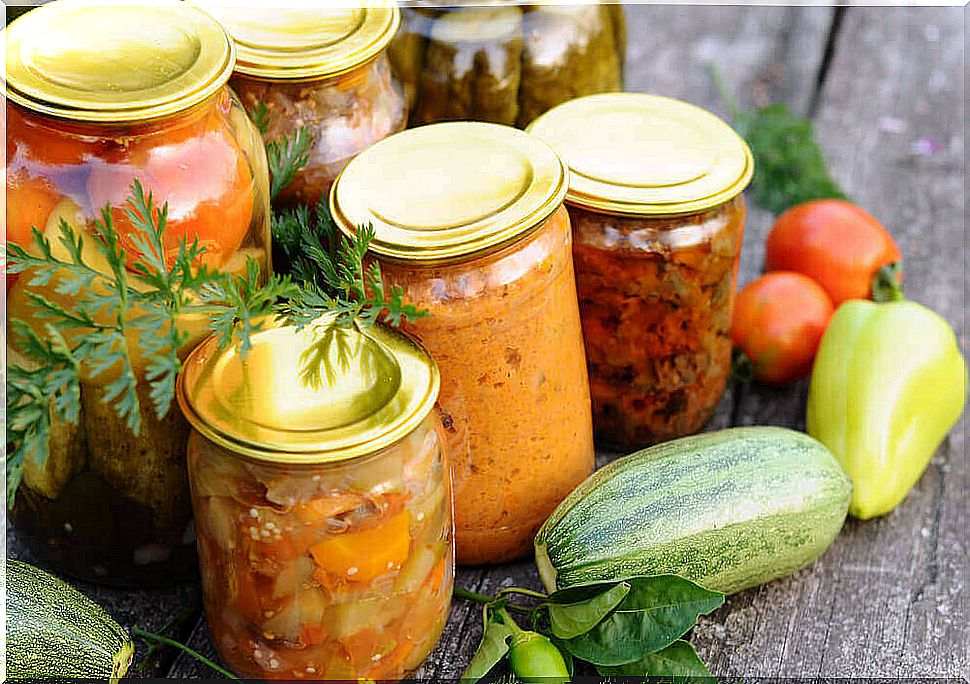
Canned vegetables are highly recommended
While fresh vegetables are always preferable, canned vegetables can come in very handy. The important nutrients are retained in it and the organoleptic quality is also good.
It also allows us to eat food that is not available at any time of the year and have reserves for those days at home when there is too little time to buy fresh vegetables. In most cases, buying canned food is also worthwhile in terms of price.
Summarizing conclusion
Canned foods are a great and recommended way to have a supply at home. In general, the liquid in the canned food can be consumed without any health concerns.
However, it is important to read the label carefully, as some products contain not only ascorbic acid and salt, but also other preservatives. However, this is rarely the case. However, don’t forget that too much salt is also bad for your health. Therefore, especially people with high blood pressure need to be careful.

